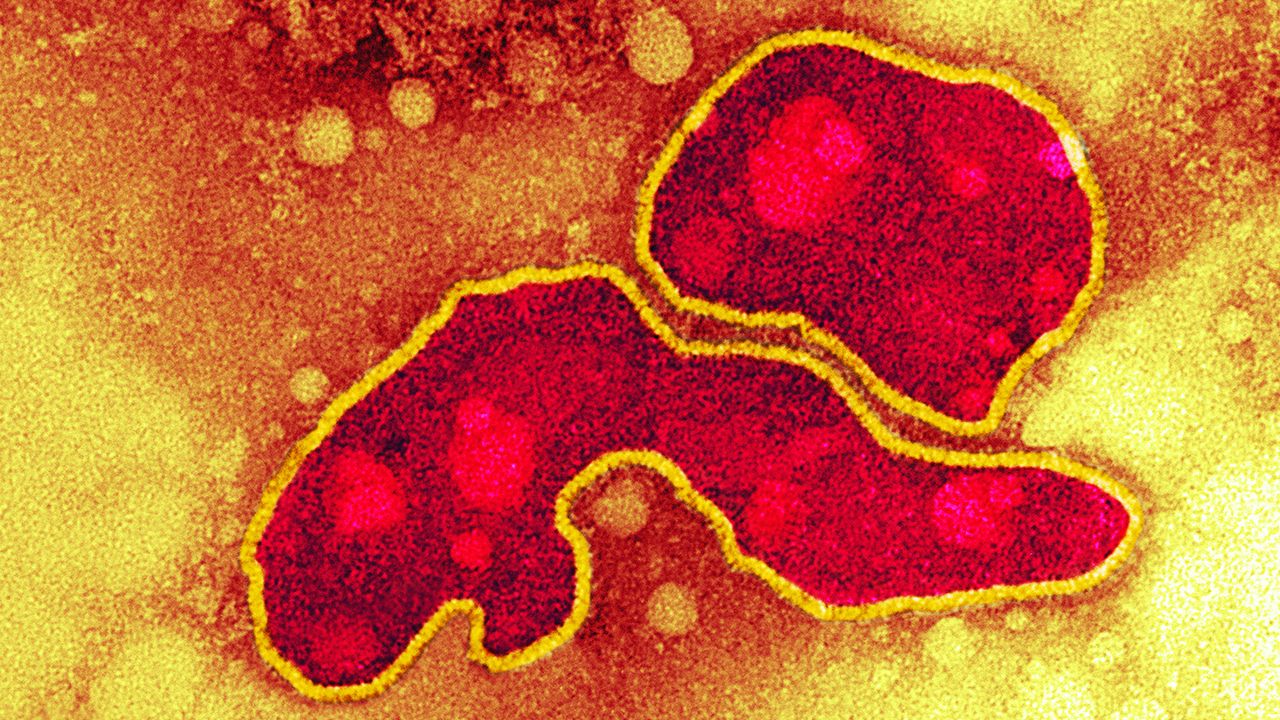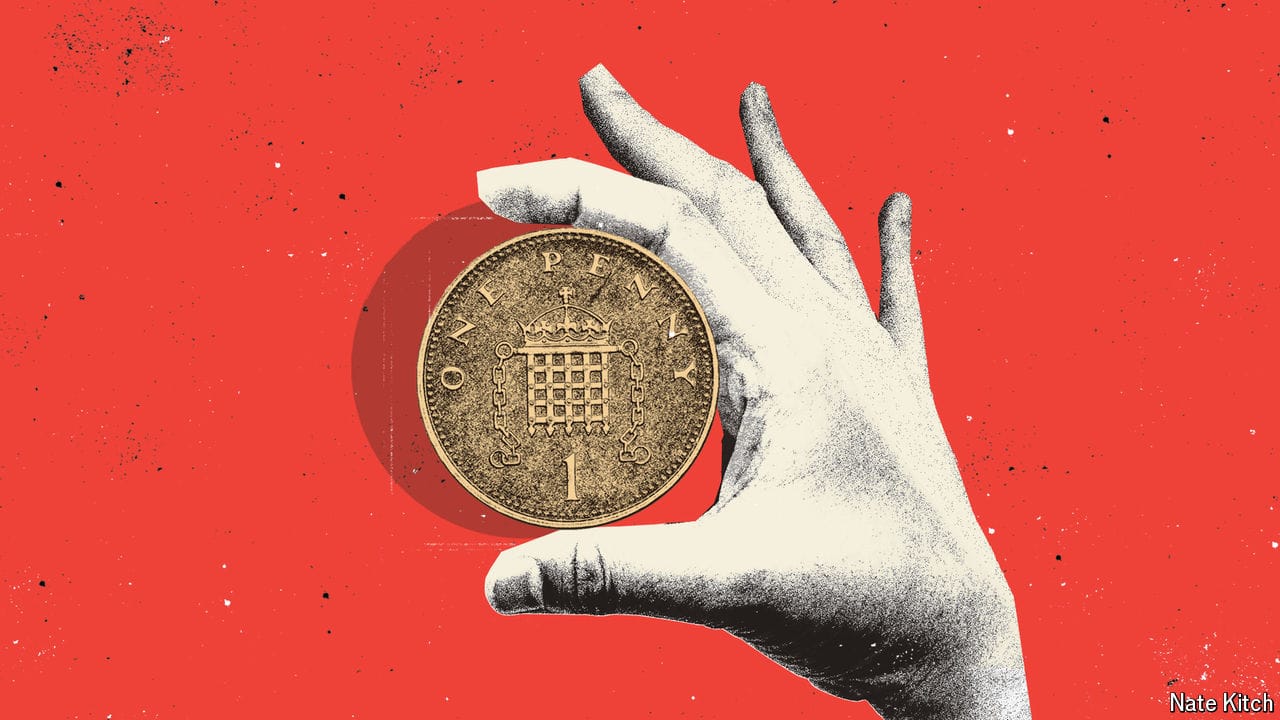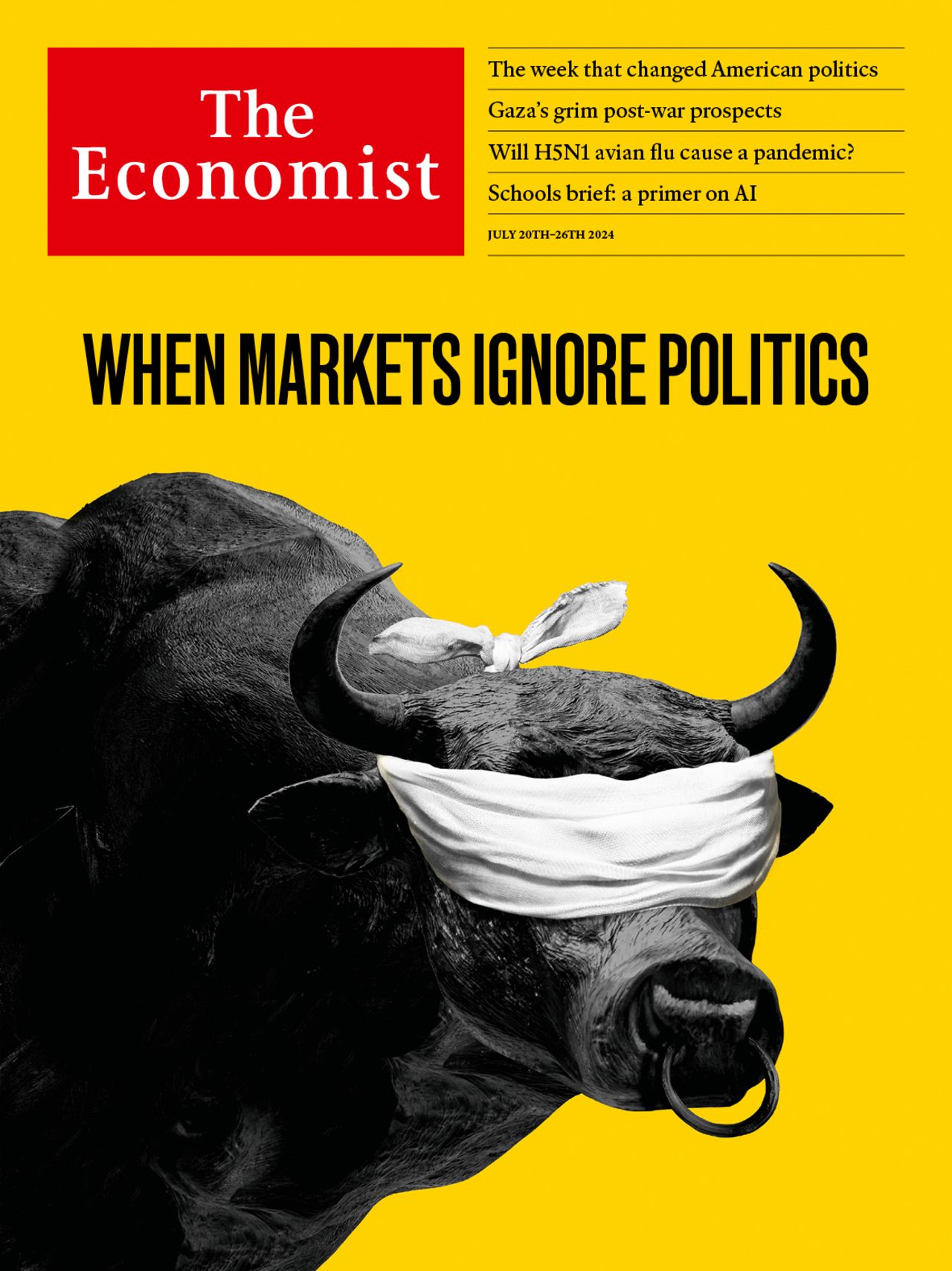Millions of birds have died. How to stop humans dying, too
As isolated human cases of H5N1 emerge, now is the time to prepare

Over the past couple of years the largest outbreak of avian influenza (h5n1) in recorded history has torn across the planet. The virus, which is deadly to birds, has devastated wild and domesticated flocks alike. Attempts to stop transmission have seen hundreds of millions of birds culled on farms since the strain was first identified in 1996. Wild bird deaths are probably in their millions at least. The danger is that, as the virus mutates, a bird pandemic becomes a human one. Precisely how h5n1 will adapt and spread is impossible to predict. But the time to prepare is now.
Explore more
This article appeared in the Leaders section of the print edition under the headline “What to do about bird flu”
Leaders July 20th 2024
- Where would Donald Trump and J.D. Vance take America?
- Euphoric markets are ignoring growing political risks
- Gaza could become “Mogadishu on the Med”
- To halt Brazil’s decline, Lula needs to cut runaway public spending
- Millions of birds have died. How to stop humans dying, too
- How Labour should reform Britain’s overstuffed prisons
More from Leaders

How to respond to the riots on Britain’s streets
The violence demands robust policing, but it also requires cool heads

Is the big state back in Britain?
The risk is not too much interventionism, but too little audacity

How to make tourism work for locals and visitors alike
Holidays don’t have to be hell
Genomic medicines can cost $3m a dose. How to make them affordable
The treatments are marvels of innovation. Their pricing must be inventive, too
Chinese companies are winning the global south
Their expansion abroad holds important lessons for Western incumbents
The Middle East must step back from the brink
That still means starting with a ceasefire in Gaza
